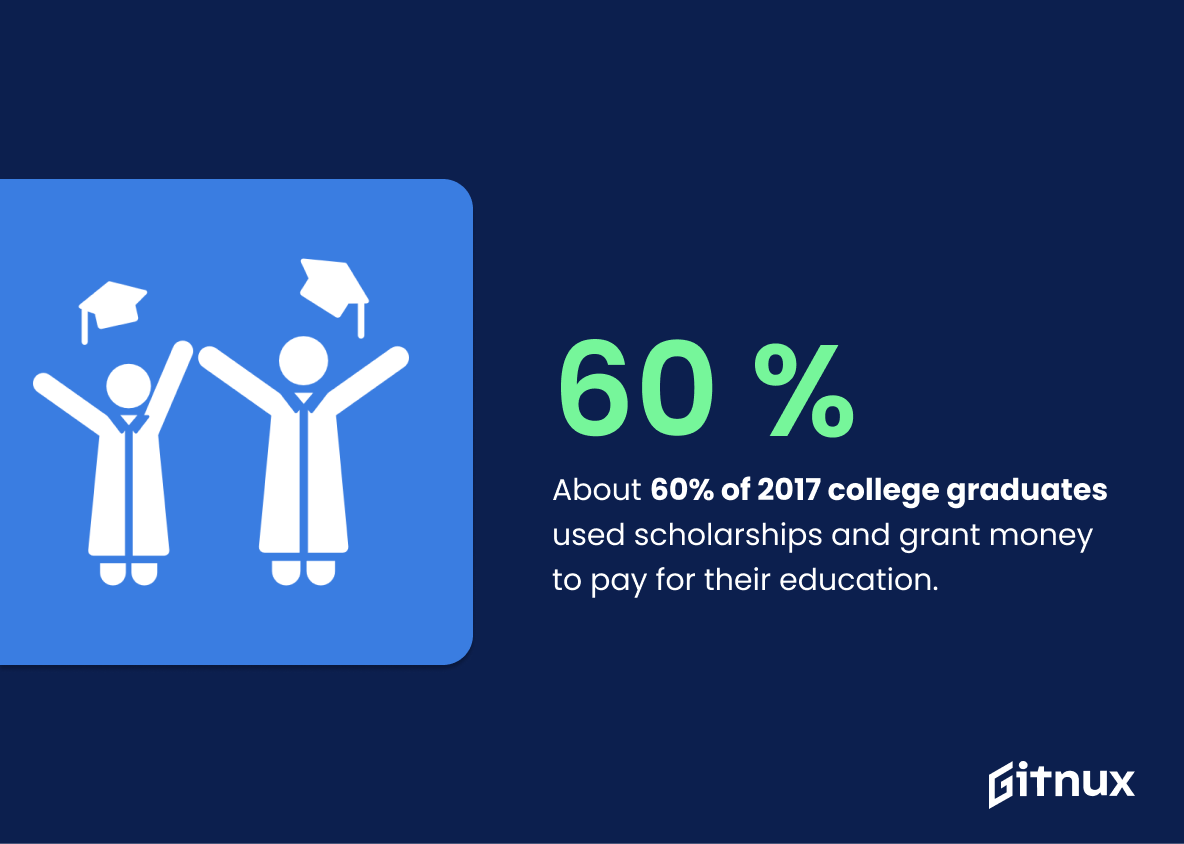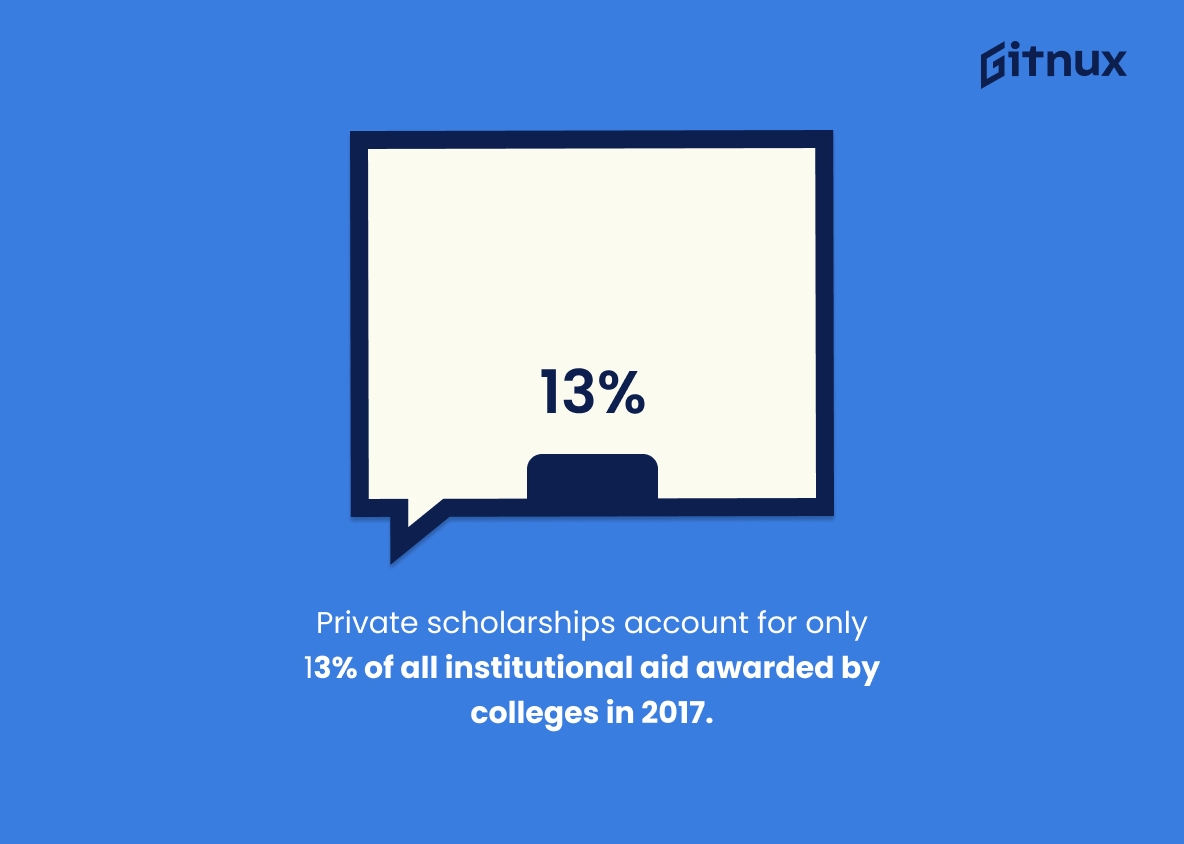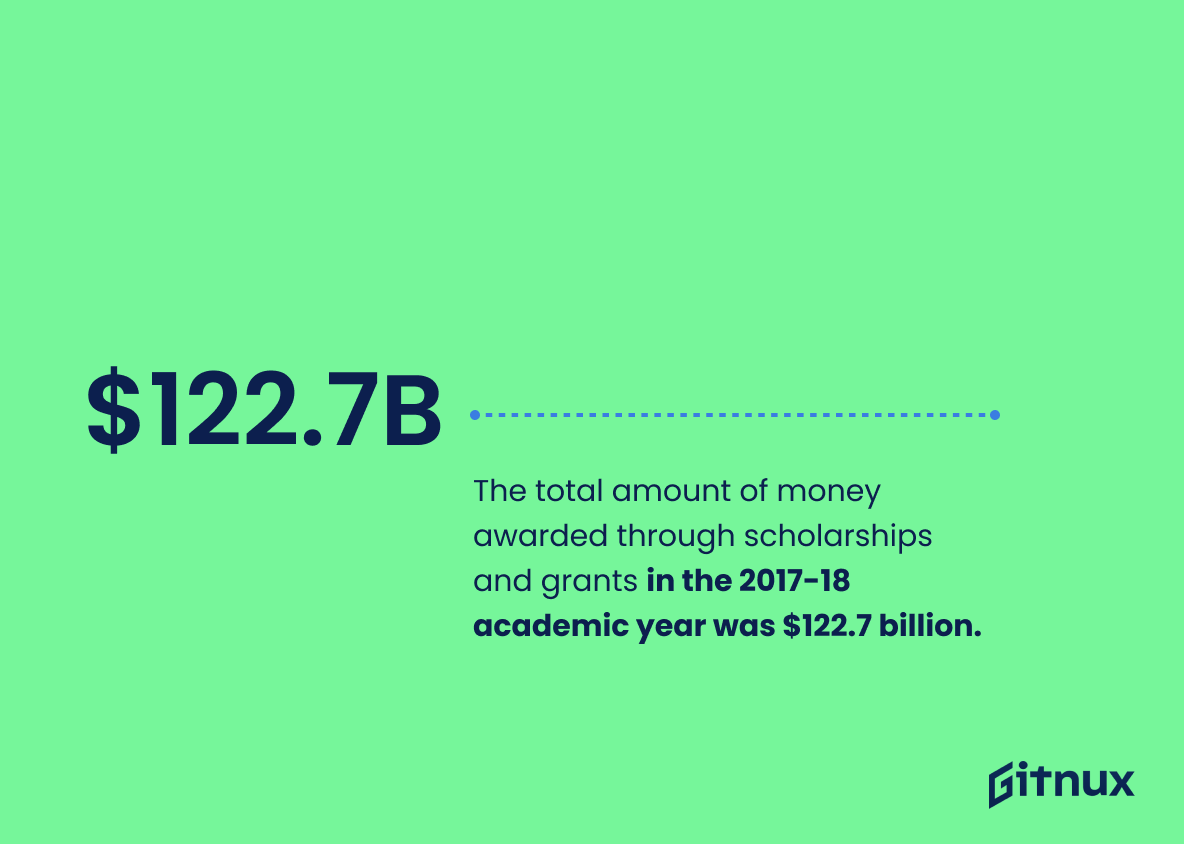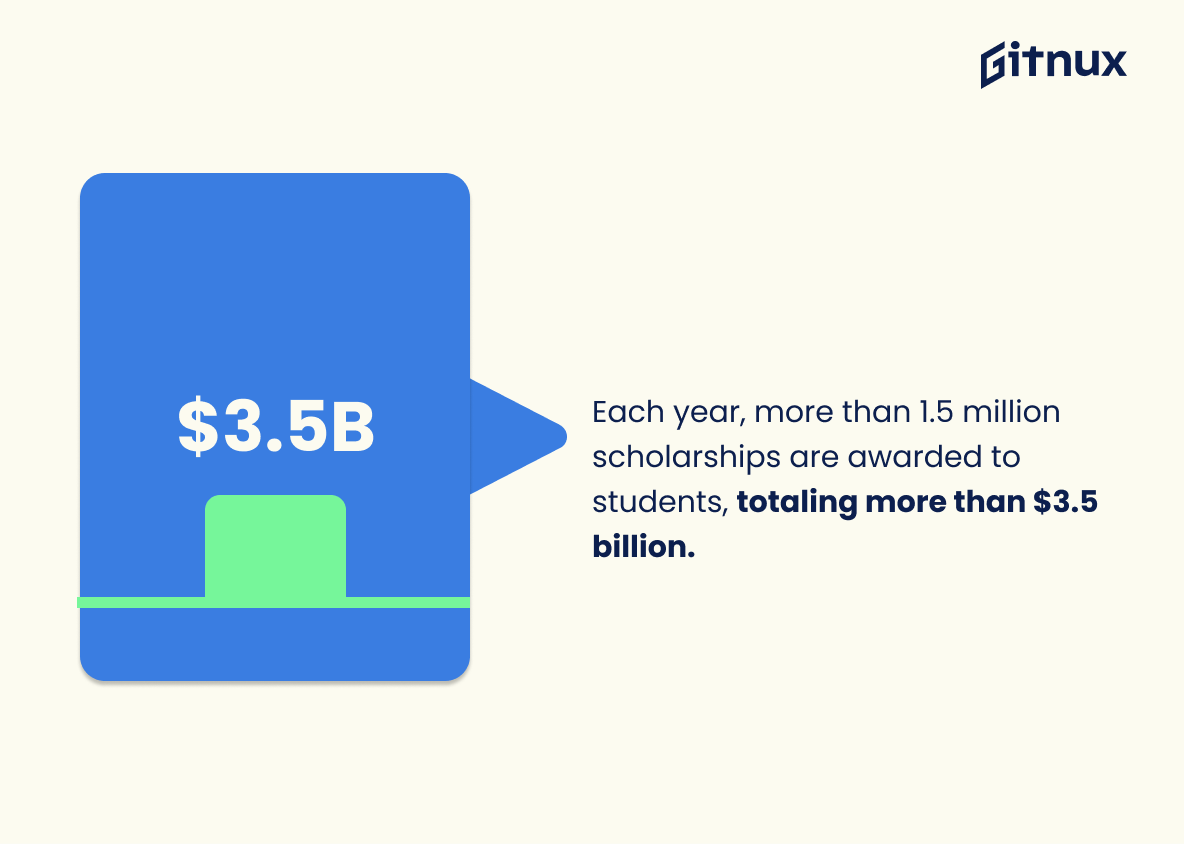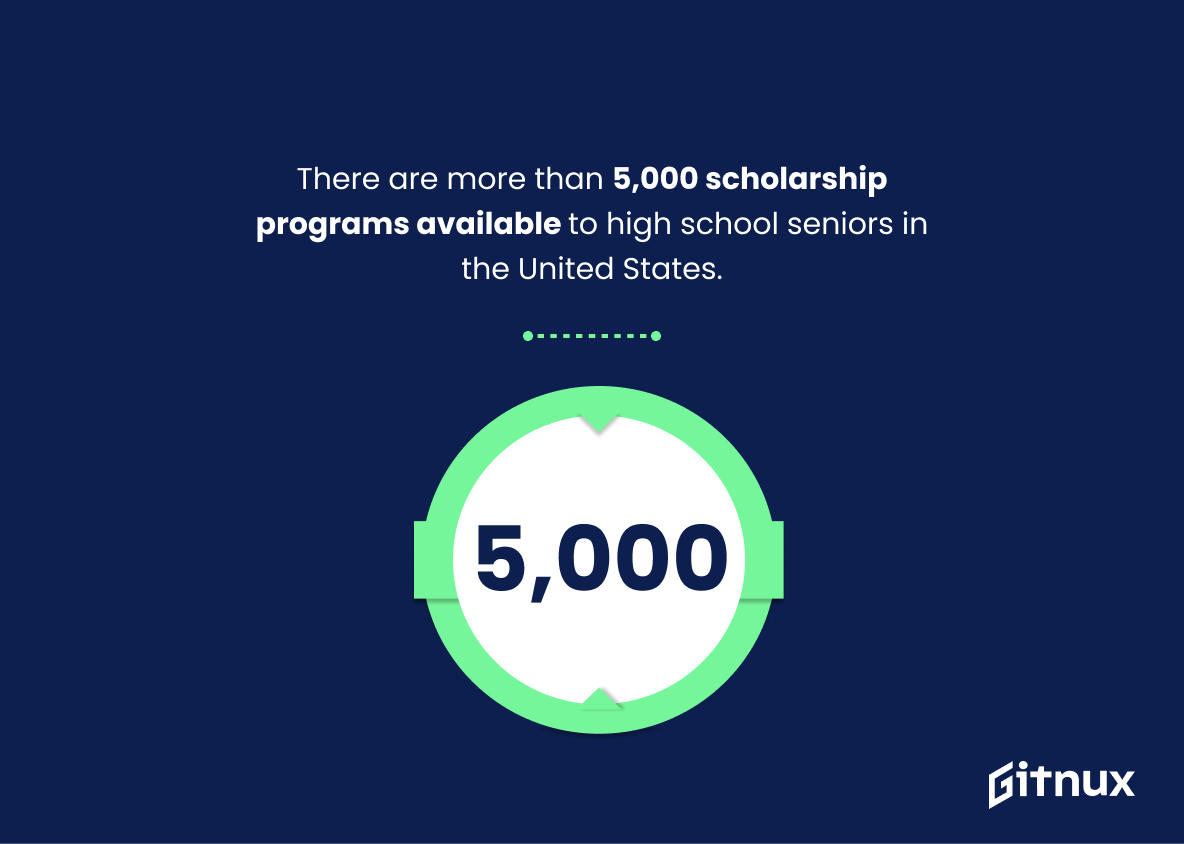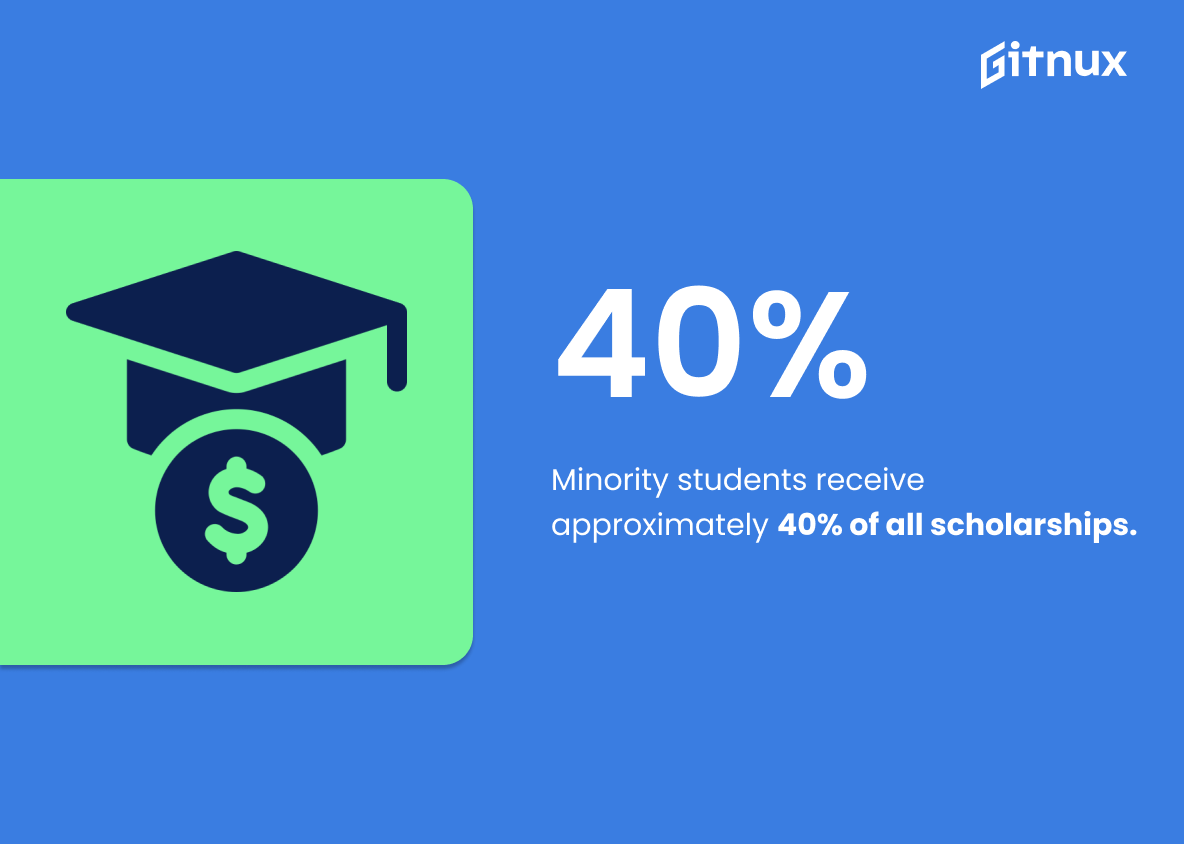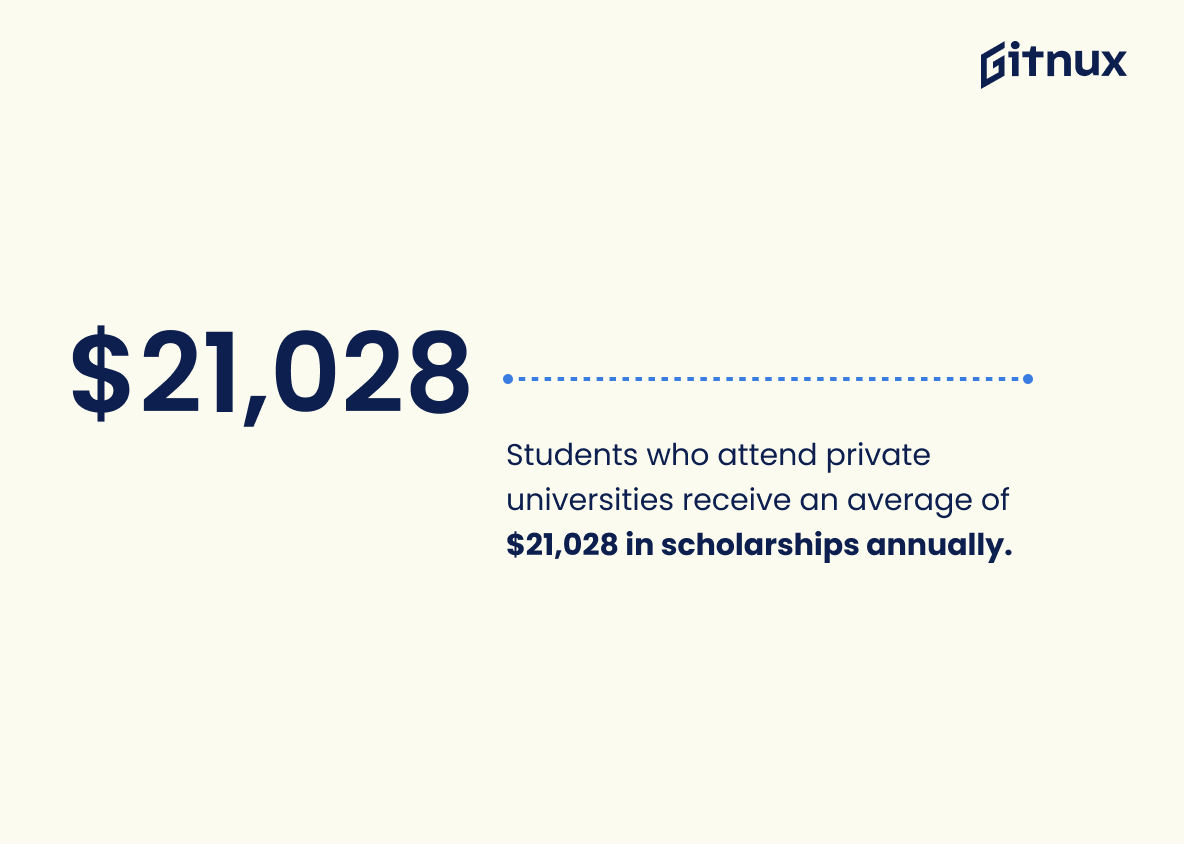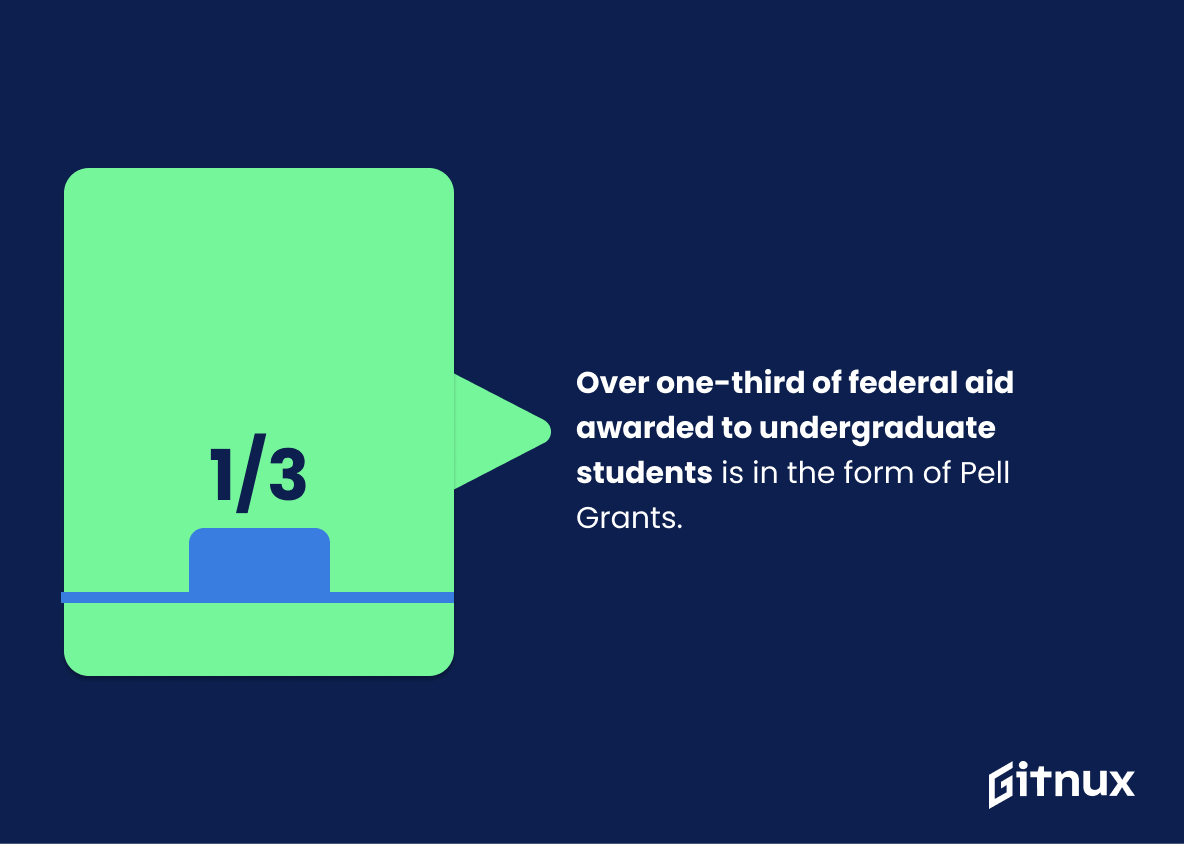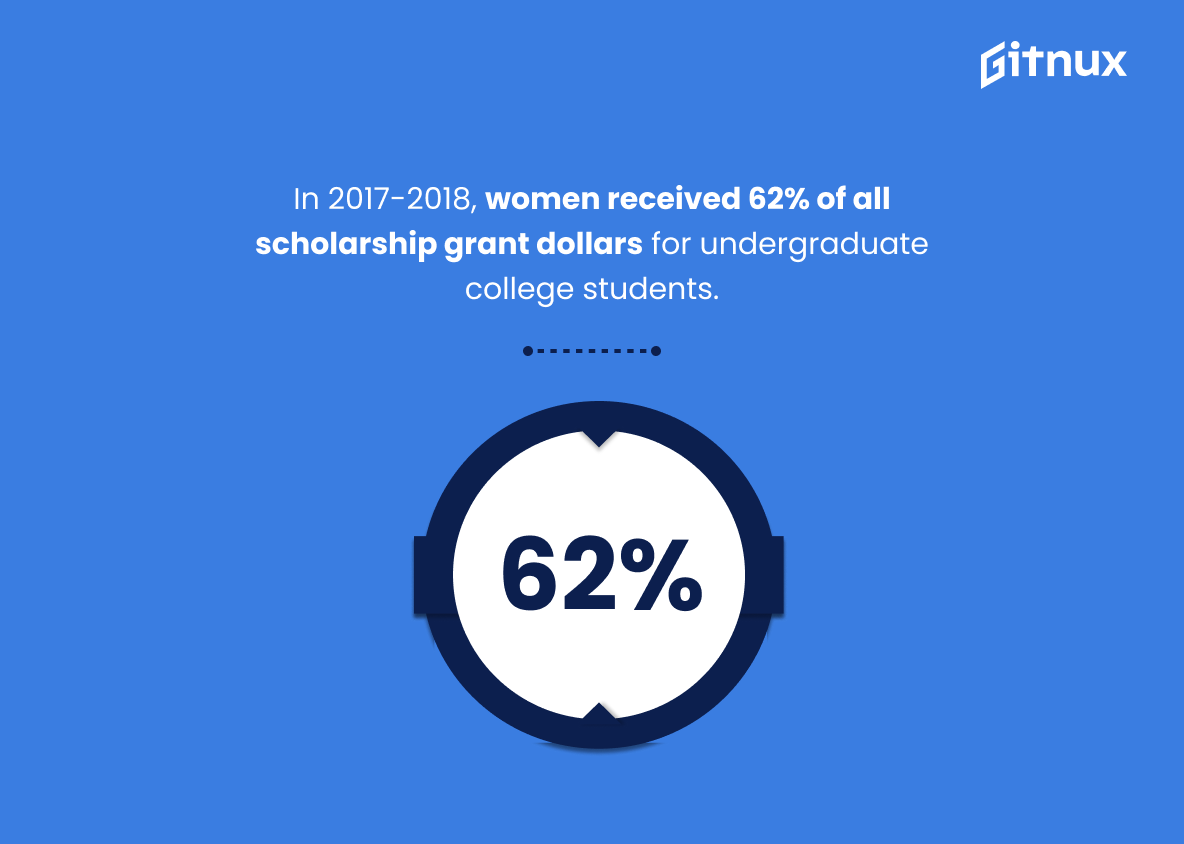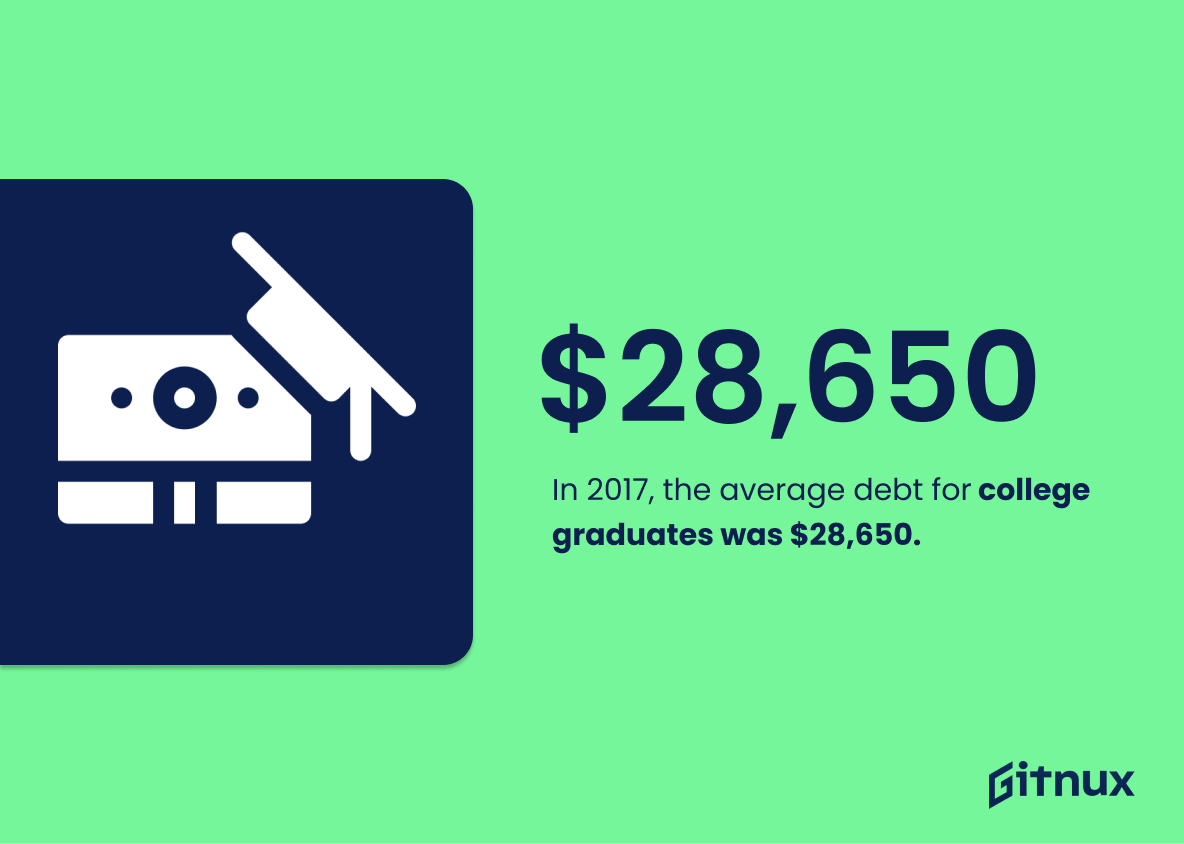College scholarships are an important part of the college experience for many students. With tuition costs rising and student debt at an all-time high, it is more important than ever to understand the statistics surrounding college scholarship awards. This blog post will explore some key facts about college scholarships, including how much money is awarded each year, who receives them most often, and what percentage of students receive full-ride scholarships covering all expenses. We’ll also look at which types of aid make up a majority of financial assistance for undergraduate students as well as average amounts received by different groups such as minorities or those attending private universities. Finally we’ll discuss graduation rates among Pell Grant recipients compared to non-recipients and other interesting facts related to paying for higher education in America today.
College Scholarship Statistics Overview
About 60% of 2017 college graduates used scholarships and grant money to pay for their education.
This statistic is a powerful indicator of the importance of scholarships and grants in helping college students finance their education. It highlights the fact that a significant portion of college graduates rely on scholarships and grants to pay for their education, demonstrating the need for these types of financial aid. This statistic is especially relevant in a blog post about college scholarship statistics, as it provides a tangible example of the impact of scholarships and grants on college students.
Private scholarships account for only 13% of all institutional aid awarded by colleges in 2017.
This statistic is a stark reminder of the limited availability of private scholarships for college students. It highlights the need for students to explore other sources of institutional aid, such as grants, loans, and work-study programs, in order to finance their college education.
The total amount of money awarded through scholarships and grants in the 2017-18 academic year was $122.7 billion.
This statistic is a testament to the immense amount of financial aid available to students in the 2017-18 academic year. It highlights the fact that there are numerous opportunities for students to receive assistance in paying for college, and that these opportunities are more accessible than ever before. This is an encouraging sign for those looking to pursue higher education, and it serves as a reminder that there are resources available to help make college more affordable.
Each year, more than 1.5 million scholarships are awarded to students, totaling more than $3.5 billion.
This statistic is a powerful reminder of the immense financial support available to students through scholarships. It highlights the sheer magnitude of the resources available to those seeking to further their education, and the potential for students to make their college dreams a reality. It is a testament to the generosity of those who provide these scholarships, and the impact they have on the lives of students.
There are more than 5,000 scholarship programs available to high school seniors in the United States.
This statistic is a testament to the sheer number of opportunities available to high school seniors in the United States. With over 5,000 scholarship programs, students have a wide range of options to choose from when it comes to funding their college education. This statistic is a reminder that there are many resources available to those who are looking to pursue higher education.
Minority students receive approximately 40% of all scholarships.
This statistic is a powerful reminder of the importance of providing equal access to educational opportunities for minority students. It highlights the need for more scholarships to be made available to minority students, as well as the need for more resources to be dedicated to helping minority students apply for and receive scholarships. It also serves as a reminder of the importance of creating a more equitable and inclusive college scholarship system.
In 2017-18, the average scholarship or grant awards for undergraduate students was around $9,520.
This statistic is a powerful indicator of the financial aid available to undergraduate students. It highlights the fact that there are numerous scholarship and grant opportunities available to help students pay for college. This statistic is especially important for those who may not have the financial means to attend college without assistance. It is a reminder that there are resources available to help make college more accessible and affordable.
Students who attend private universities receive an average of $21,028 in scholarships annually.
This statistic is a powerful indicator of the financial benefits of attending a private university. It shows that students who attend private universities are able to access significantly more scholarship money than those who attend public universities, which can make a huge difference in the overall cost of attending college. This statistic is especially important for students who are considering attending a private university, as it can help them make an informed decision about their college choice.
Over one-third of federal aid awarded to undergraduate students is in the form of Pell Grants.
This statistic is significant in the context of college scholarship statistics because it highlights the importance of Pell Grants in providing financial aid to undergraduate students. It demonstrates that Pell Grants are a major source of assistance for those seeking to pursue higher education, and that they are a vital part of the college scholarship system.
In 2017-2018, women received 62% of all scholarship grant dollars for undergraduate college students.
This statistic is a powerful indicator of the progress being made in the fight for gender equality in higher education. It shows that women are being given the same opportunities as men to pursue their educational goals, and that the gap between the genders is slowly but surely closing. This statistic is a testament to the hard work of those advocating for gender equality in higher education, and it serves as an inspiration to those who are still striving for equal access to college scholarships.
In 2017, the average debt for college graduates was $28,650.
This statistic is a stark reminder of the financial burden that college graduates face. It highlights the importance of college scholarships in helping to alleviate the financial strain of college tuition and other associated costs. It also serves as a reminder of the need for students to be aware of the various scholarship opportunities available to them, as well as the importance of budgeting and financial planning for college.
58% of college freshmen received institutional scholarships or grants for the 2017-2018 academic year.
This statistic is a testament to the fact that college scholarships are a viable option for many students. It shows that a majority of college freshmen are able to access financial aid to help them pay for their education. This statistic is important to highlight in a blog post about college scholarship statistics because it demonstrates the potential for students to receive assistance in paying for college.
In 2020, 65% of college graduates received scholarships or grants, with an average amount of $9,520.
This statistic is a powerful indicator of the importance of scholarships and grants in helping college graduates pay for their education. It shows that a significant portion of college graduates are able to access financial aid, and that the average amount of aid is substantial. This information is invaluable for students and families considering college, as it demonstrates the potential for financial assistance and the amount of money that can be saved.
Conclusion
From these statistics, it is clear that scholarships and grants are an important part of the college experience. While only a small percentage of students receive full-ride scholarships covering all expenses, many more benefit from institutional aid or private scholarship programs to help cover tuition costs. Additionally, women and minority students tend to be awarded higher amounts in financial aid than their peers. Despite this assistance, however, student debt remains high with graduates owing an average of $28,650 upon graduation in 2017.
References
0. – https://www.www.finaid.org
1. – https://www.www.scholarshipowl.com
2. – https://www.www.collegedata.com
3. – https://www.www.aauw.org
4. – https://www.www.salliemae.com
5. – https://www.www.fastweb.com
6. – https://www.thecollegeinvestor.com
7. – https://www.trends.collegeboard.org
8. – https://www.ticas.org
9. – https://www.nces.ed.gov
10. – https://www.www.marketwatch.com
11. – https://www.www.nbcnews.com
12. – https://www.www2.ed.gov
